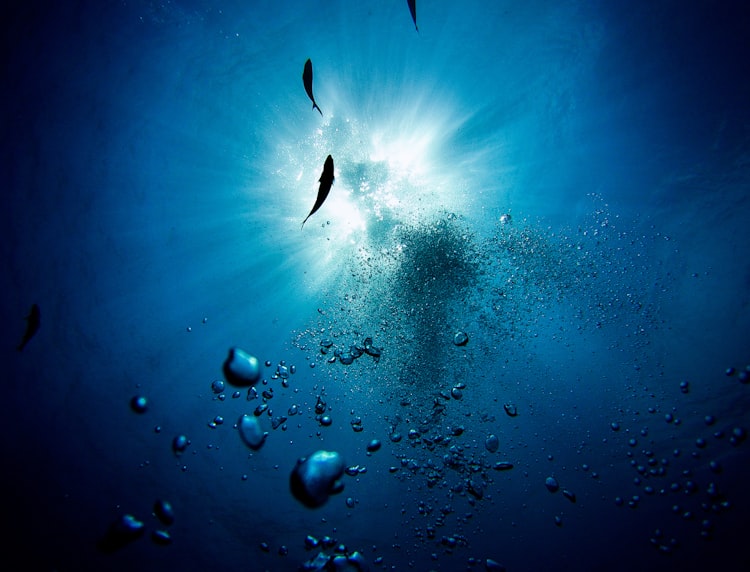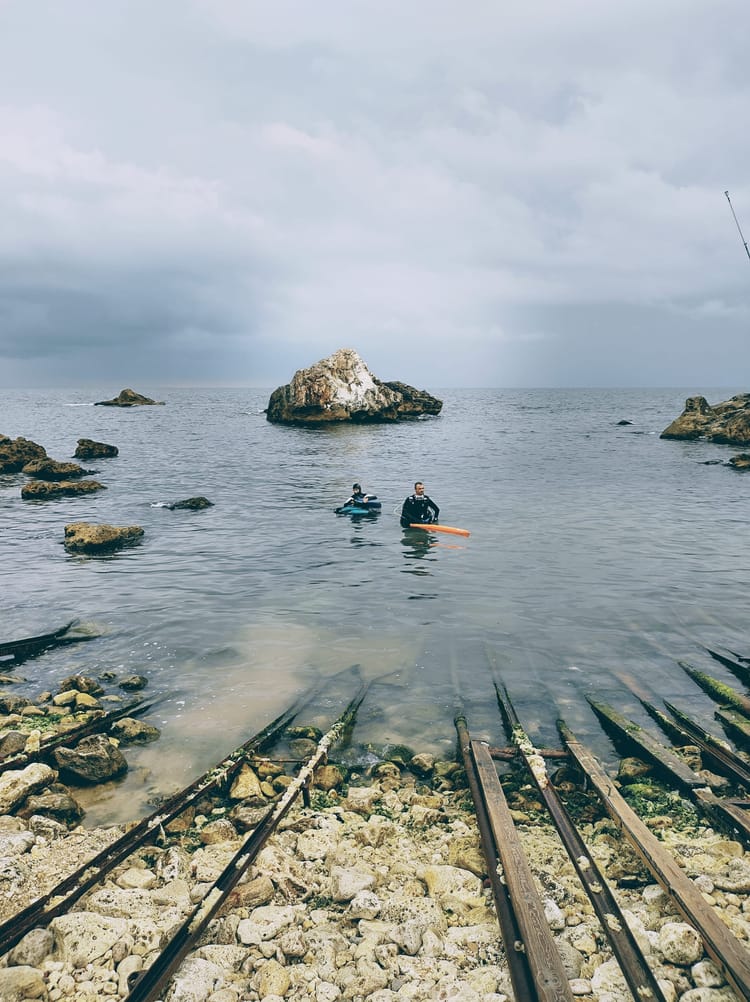Exploring scales
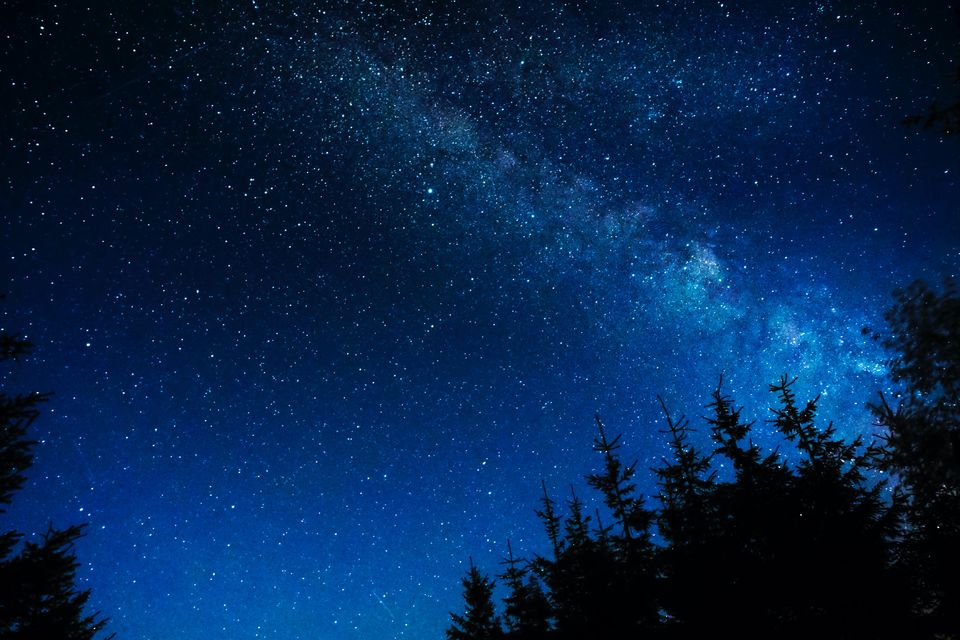
Recently, I watched a video about how vast our world is — not just when we gaze into the open space but also when we delve into the micro-world. Since then, I have tried to comprehend my size in relation to my surroundings, aiming to gain an idea of where I stand in the world.
This task is quite challenging, especially for those living in a city. After all, cities are more or less isolated from nature. For example, one cannot see the night sky due to light pollution, and the micro-ecosystem is replaced by cigarettes and cans of energy drinks.
In pursuit of a deeper connection with nature, I formulated a plan: escape the urban chaos, retreat to the mountains, and immerse myself in the quietude of the woods until nightfall. On a Friday afternoon in mid-October – after navigating city traffic for what felt like an eternity, my companion Alek and I embarked on a journey to Carinthia, the southernmost enclave of Austria with its Mediterranean essence. Our destination: the Karawanks, a mountain range straddling the Austrian-Slovenian border.
Our home for the night? A private house in the middle of nowhere. Finally, under the open sky, we caught a glimpse of the Milky Way and some familiar constellations. It was the start of our mission to understand our place in this vast world – from the skyscrapers of the city to the star-studded expanse of the mountains.
On the following day, the view from the terrace was nothing short of marvelous. We could see the mountains dressed in autumn colors as their grey rock peaks rose above the clouds. Right between their skirts, tiny houses were scattered about.
Our plan for the day was to collect mushrooms in the nearby forest. On the way to the woods, we made a short stop to explore a small, very cold lake with a turquoise color. Locals called it Meerauge, translating to "Sea’s Eye," as there was a belief it was connected to the sea. Legend has it that a wagon with two oxen once sank into its depths and disappeared, only for the yoke to mysteriously appear in Lake Bled a few weeks later. I do not know about the wagon and the oxen, but the scientific explanation about the lake’s color does not include it being connected to the sea. The lake was created by a glacier from the Ice Age, and the trees in its water are from the same era. The beautiful turquoise color is caused by algae.
A few small fishes swam in its depths, feeding on algae and bugs skimming the surface. Witnessing a fish hunt always leaves an impression, regardless of its size. These little swimmers darted swiftly in their dense underwater realm, punctuating the spectacle with jumps and surprisingly wide-open mouths for bites.
I'll allow myself a short lyrical deviation and tell you about my diving experience in Lake Bled. It was one year ago, right on the other side of the same mountain range. There we dove between wooden poles underneath the walking path that circles the lake. This was my first time seeing a pike up close. It was also my first encounter with a fish near my size in its environment. It looked quite ancient under the water, moving very slowly. However, knowing how fast they could be, my imagination formed a scene in which the pike attacked me for trespassing its territory, and I could do absolutely nothing. Luckily, it was harmless and continued swimming slowly further away.
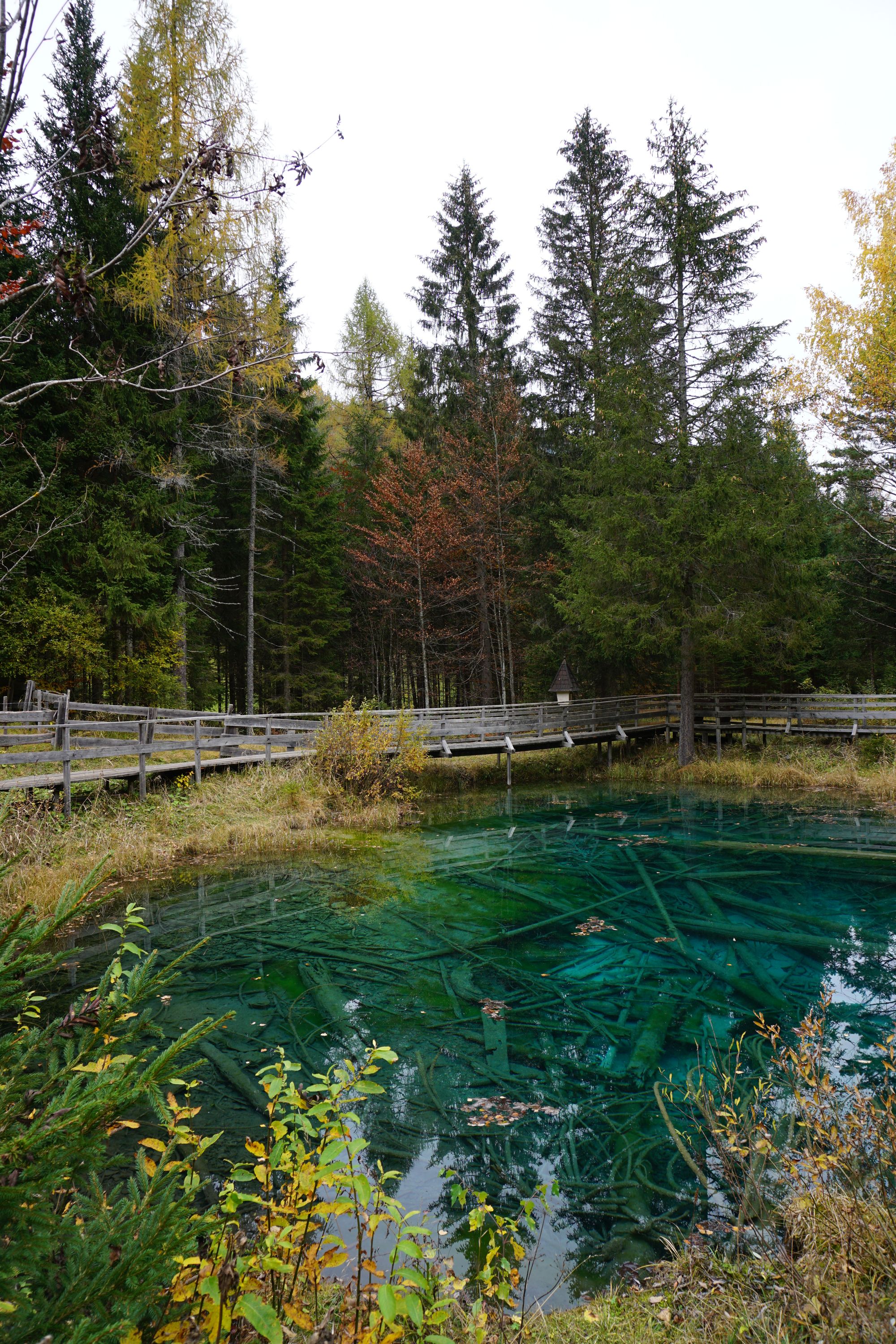
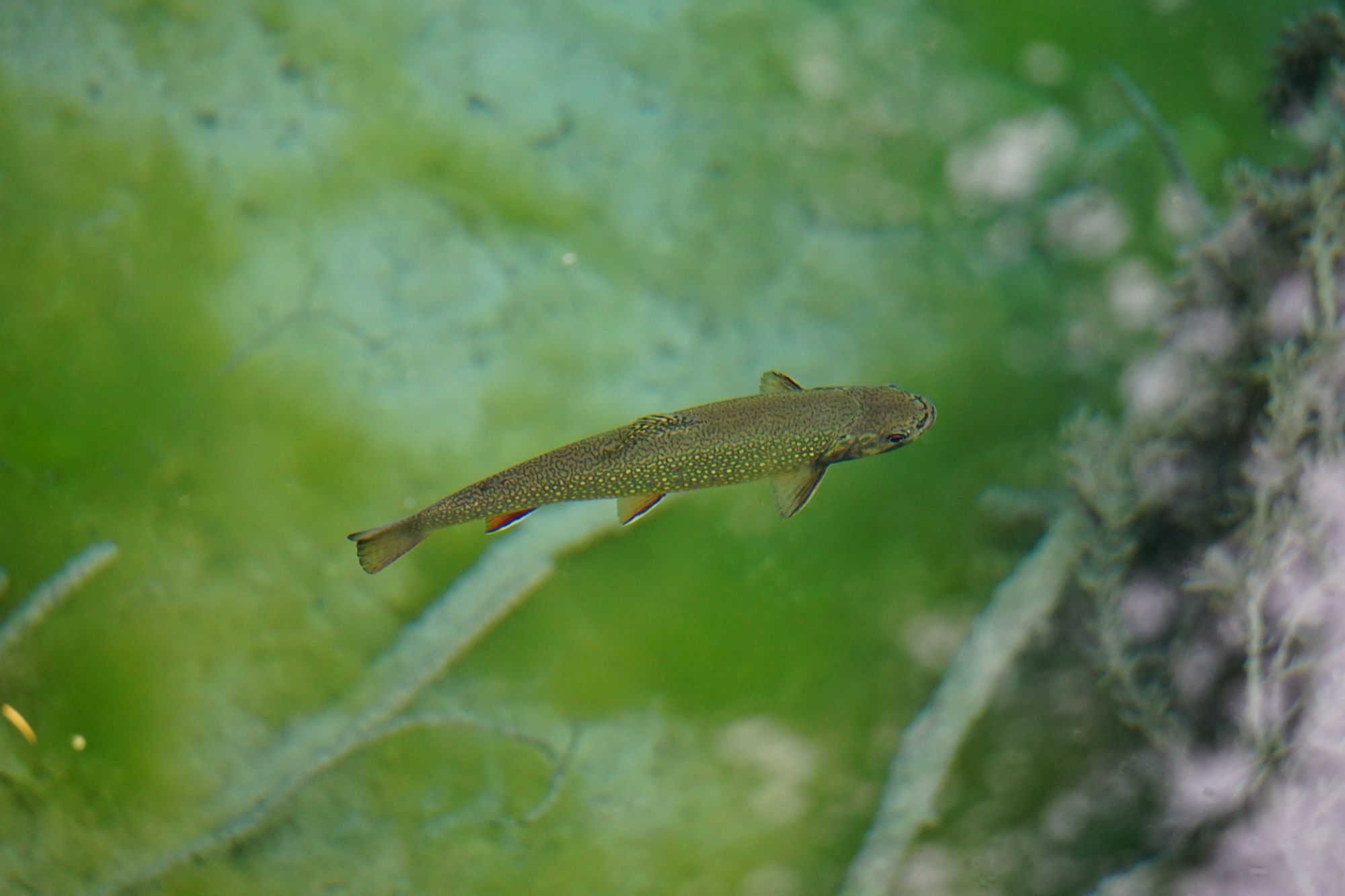
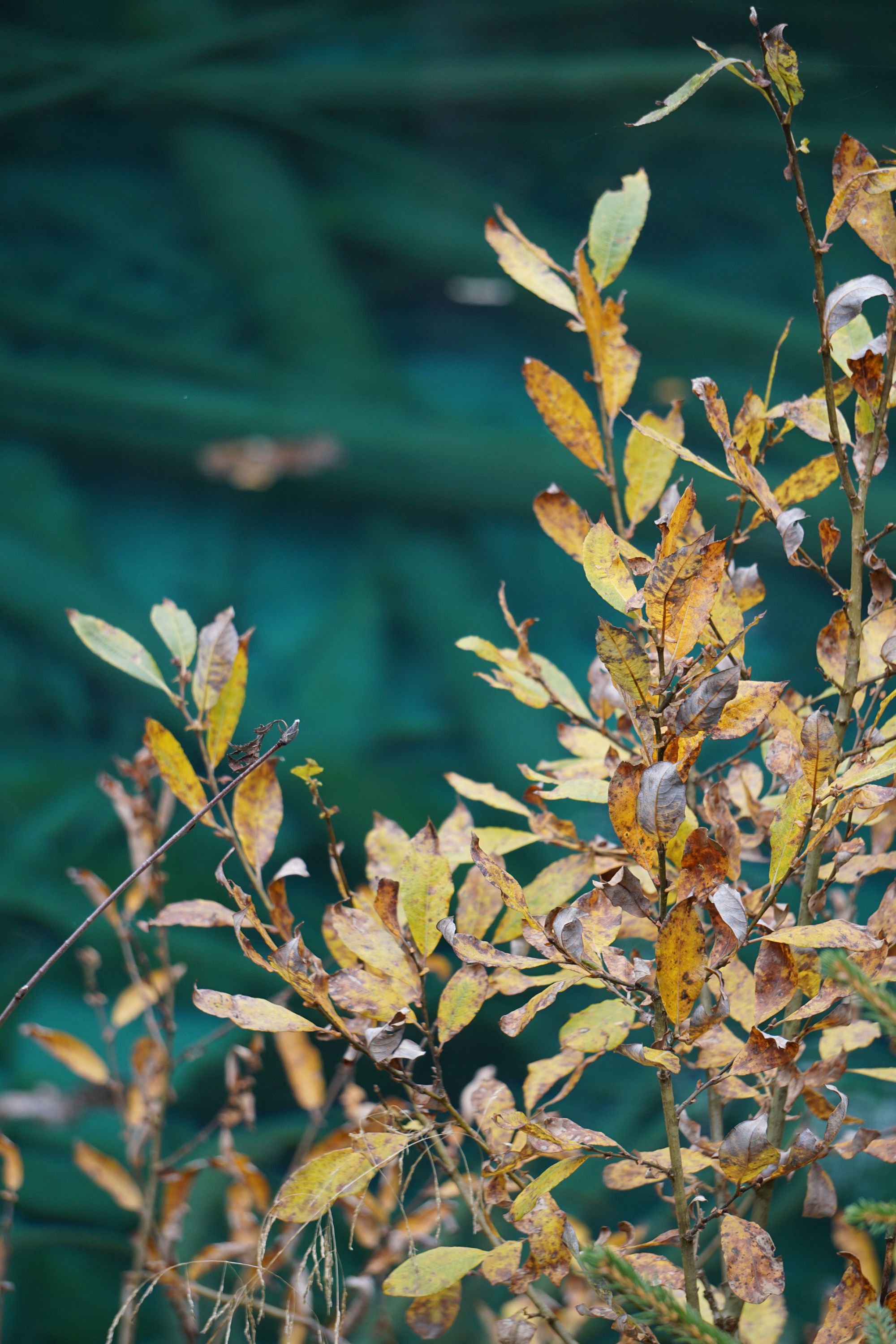
Back to the Meerauge I definitely didn’t want to be the mosquito that just got eaten by a little fish, five times its size.
A few minutes after leaving the lake, we stepped into the forest, instantly engulfed in the sensation of entering a medieval fairytale about witches and forest dwarfs. We diverged from the main wide path, delving deep into that enchanting fairytale. The forest was a dense thicket of grey tall pines, blocking almost all sunlight from reaching the ground, leaving it blanketed in moss. On this foggy day, devoid of sunshine, the colors were remarkably vivid, intensifying the magical ambiance. This particular time of the year in the forest is my favorite, as it unveils mini-worlds embellishing the ground. These miniature realms come to life after a tree has been felled. Normally, trunks would commence their decay, returning to the earth. But before that, mini-worlds are crafted by mini-pines, mushrooms, and moss growing on the trunk. Even in the rain, you might witness mini waterfalls. If tiny humans were placed there, they would perceive their surroundings as we do in the forest. In those moments, I felt like a giant, and in that role, I was exceptionally cautious not to disrupt these delicate ecosystems.
